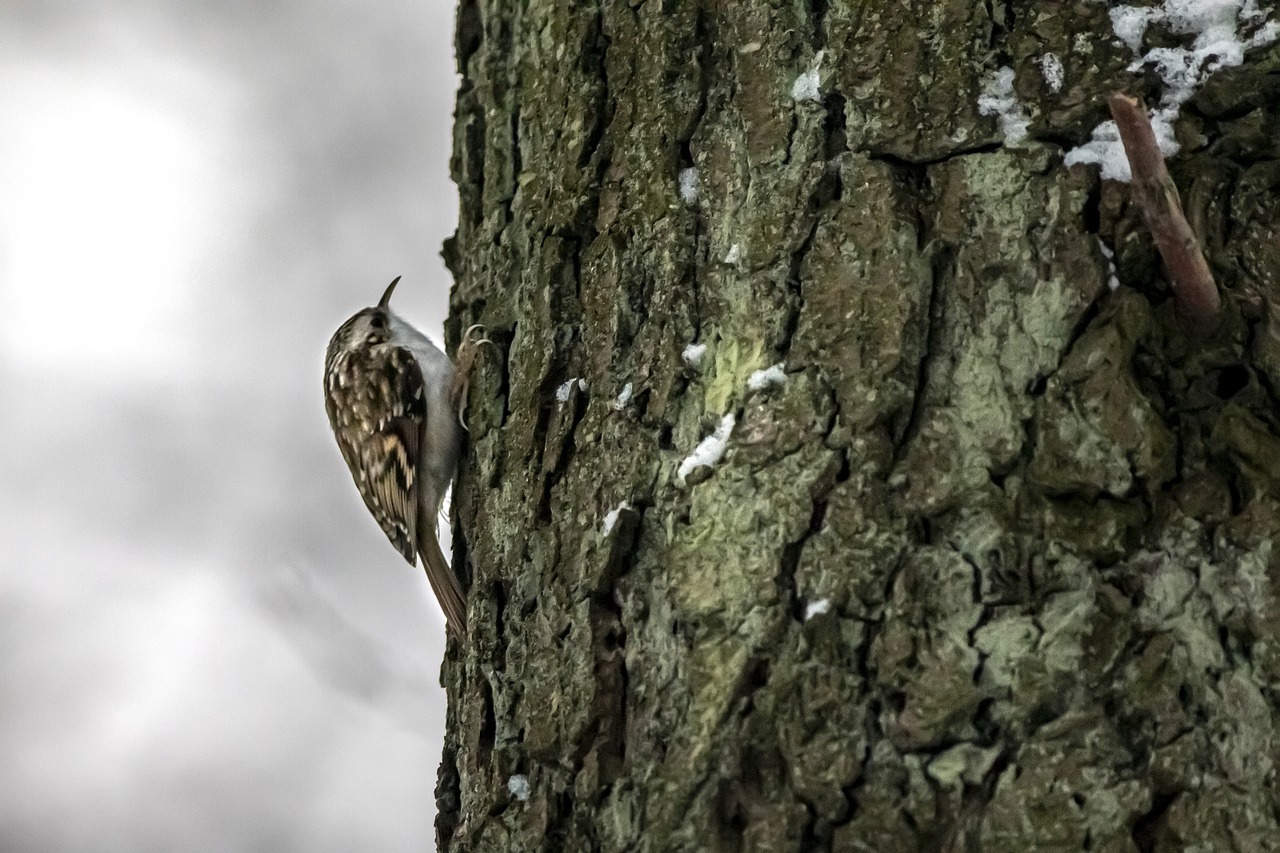Incubation, hatching, and clutch desertion of the Treecreeper Certhia familiaris in south-western Sweden
DOI:
https://doi.org/10.34080/os.v5.23000Keywords:
breeding biology, breeding times, breeding success, climate effectsAbstract
Breeding data were collected on a Treecreeper population nesting in artificial nest sites, erected in deciduous forests in south-western Sweden. From 1982 through 1994, 74 incubation periods were estimated by measuring the time from laying of the last egg to either the hatching of that egg or the appearance of the last hatchling. The mean period was 15.7±1.44 (SD) days, showing a negative relation to laying date from about 17 days for clutches laid in early April to about 14 days in late June, as well as to the mean ambient temperature of the egg-laying period and the first five days of incubation. Mean hatching asynchrony was 1.0±0.37 days (n=38). Approximately 90% of the eggs surviving until hatching produced viable chicks. A third of the losses were perished hatchlings, the rest unhatched egg . Out of 443 clutches with at least one egg, 13% were abandoned without signs of robbing or other destruction. Part of the desertions occurred in connection with heavy rain soaking the nests. —The concept of incubation period is discussed.
Downloads

Downloads
Published
How to Cite
Issue
Section
License
The copyright of each contribution belongs to the author(s), but all contributions are published under a Creative Commons license, so that anyone is free to share and reuse the contribution as long as the copyright holder is attributed.







